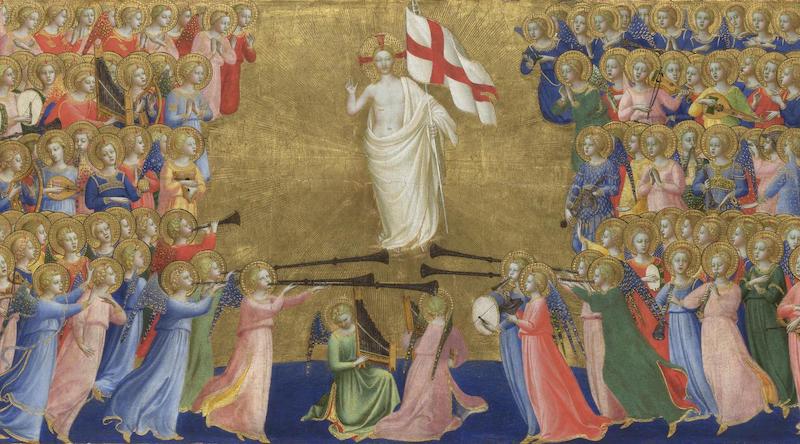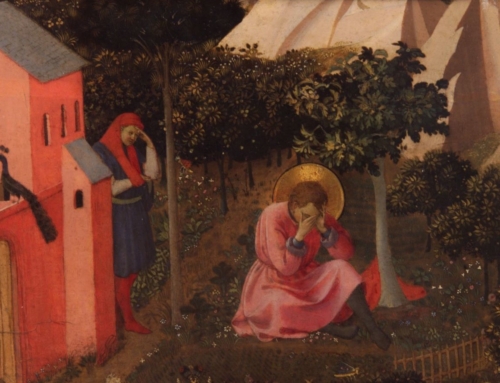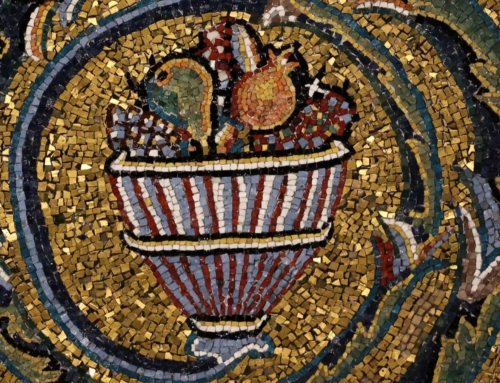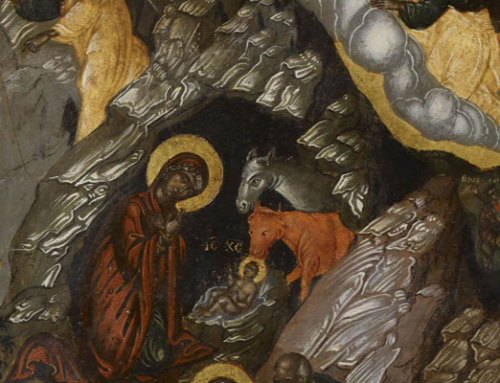What’s the point of art? Why do we decorate our homes and adorn our public places with paintings and statues? Why do we furnish our schools, our workplaces, and our churches with frescoes, statues, mosaics and more? It can’t just be that they look nice. Of course, that is true; the beauty of visual art gives us great delight. But there’s more to art than simply being a nice decoration. The reason we surround ourselves with beautiful art is that when we see beautiful things, it changes us. Our souls are shaped by beauty.
What do I mean? Well, first consider that, while all of our senses have a particular ability to perceive things around us, there seems to be an important and distinct quality to what we take in visually. Jesus says that, “the lamp of the body is the eye. If your eye is sound, your whole body will be filled with light” (Matt 6:22). The eye takes in so much and, as our Lord points out, it has tremendous power to affect us for good or for ill. Think of the effect that a beautiful sunset or a great mountain vista has on your soul. After such a sight, it’s almost impossible not to have your spirits lifted and your heart enlarged.
Through our eyes, we perceive beauty in all its goodness, sublimity, and grandeur. Visual beauty is communicated to us through our eyes and impresses itself upon our soul. And that impression changes us. The common saying “you are what you eat” applies also here. The eye is the light of the body and what it “consumes” does affect us. And what do our eyes consume? Our eyes—and, more importantly, our souls—hunger for beauty. And not just any beauty but the highest beauty that exists: the infinite beauty of God. Great art and the wonders of nature help us to think about God because their beauty points back to their source and creator. Not only that, but even their imperfections remind us that this life is passing away. A sunset may be covered by a cloud; art can be destroyed. But God is perfect and eternal beauty.
The ultimate goal of our sight is the beatific vision in heaven, but sometimes even here on earth God’s brilliance has been reflected, especially in his holy ones. Moses’ face was radiant after he had communed with God on Mt. Sinai (Exod 34:29-35). Saint Dominic had a distinctive gleam on his brow, Saint Kateri Tekakwitha’s face was transfigured upon her death, and Padre Pio’s face was known to take on an unearthly beauty. Tomorrow, the Dominican Order will celebrate the memorial of Blessed John of Fiesole, more commonly known as Fra Angelico. This was a man who drank so deeply from the cup of God’s beauty in his prayer that it could not but spill over onto his artwork. His art reflects God’s beauty, but his life too had a deeply beautiful character. Soon after his death, he was hailed as “blessed” because of the luminosity and brilliance of his art and his life.
Despite all this, it is true that we are not changed every time we see beautiful things and that we are not always reminded of God by beholding beauty. Why is that? I think the problem is not that the art or scene is lacking in some way, but rather that we are not always the best at seeing. Sometimes our eyes are bad and our whole body remains in darkness (Matt 6:23). So we must ask for the gift of God’s divine light to heal our vision. We must pray that God will illumine our minds, our spiritual sight, to see the sublime and the hidden beauties in our life. If we let him, he can use beauty to change us and point us to himself, until one day we behold Beauty Himself face-to-face.
✠
Image: Fra Angelico, Christ Glorified in the Court of Heaven







